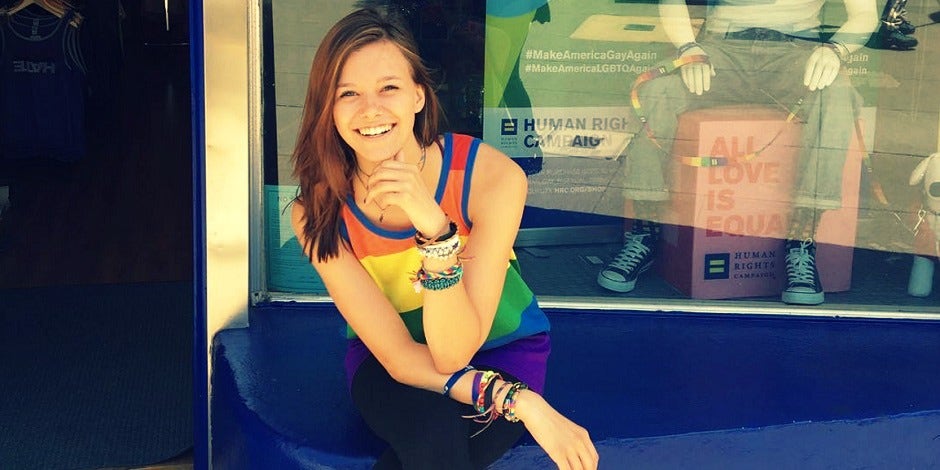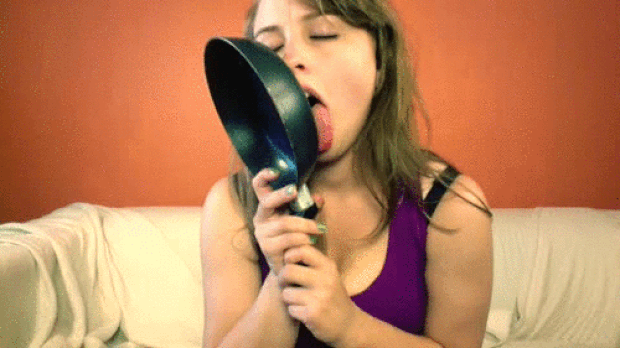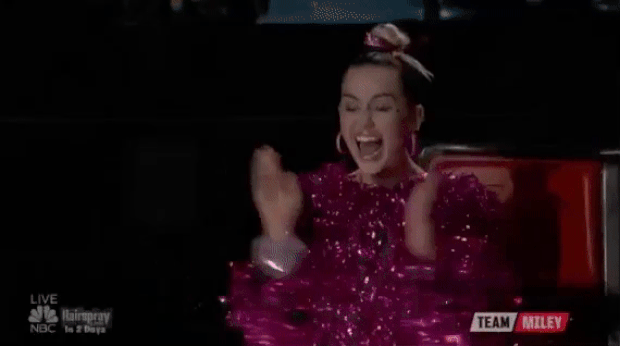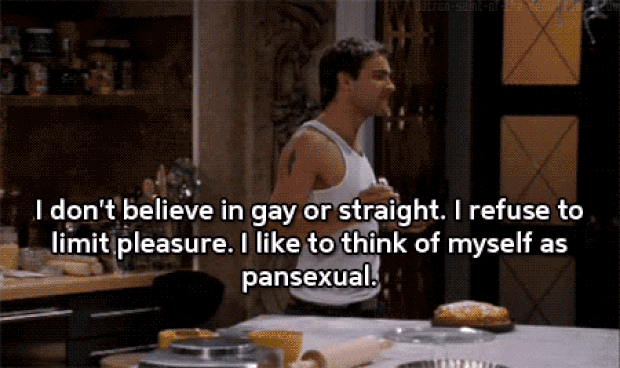Why You Need To Know The Difference Between Pansexual And Bisexual
They’re not interchangeable.
 Instagram/@katie_bug_39
Instagram/@katie_bug_39 “Pansexual” is a word that is being thrown around a lot lately during discussions of gender identity, but it’s not always used correctly. To quote Inigo Montoya from The Princess Bride, “You keep using that word. I do not think it means what you think it means.”
But it’s a word you need to know how to use properly. Because it’s becoming one of the most common ways that people are defining their sexuality in the 21st century. Miley Cyrus identifies as pansexual. Angel Haze identifies as pansexual. Hell, even Deadpool, the superhero star of one of the biggest movies of 2016 identifies as pansexual.
So, what does pansexual really mean? And how is it different than bisexuality or other similar gender labels?
Because, in case you didn't know, the difference between pansexuality and bisexuality is REALLY important to the LGBTQ community.
Just to get this out of the way first, this is NOT what "pansexual" means.

The word “pansexual” has been around for a long time. The concept of “pansexualism” was popularized by Sigmund Freud in the early 20th Century, but his use of the term was all about his belief that all human behavior was driven by sexual instincts.
Today, “pansexual” means that a person is attracted to people of any gender or sex — they can find people of all gender identities attractive.
Does that mean they think everyone is hot? NO. They still can find people ugly. (Just like anyone else.) They just experience feelings of emotional and sexual attraction to people regardless of their gender identity.
This is how Miley Cyrus described her pansexuality to Paper Magazine, “I am literally open to every single thing that is consenting and doesn't involve an animal and everyone is of age. Everything that's legal, I'm down with. Yo, I'm down with any adult — anyone over the age of 18 who is down to love me … I don't relate to being boy or girl, and I don't have to have my partner relate to boy or girl."

But pansexuality is distinctly different from bisexuality.
In the past, many people defined a bisexual as someone who was attracted to both men and women. However, bisexuality’s definition has broadened as society has become aware of the variety of sexual identities in the world.
Bisexual now means anyone who is attracted to people of more than one gender identity (not just man or woman).
GLAAD President & CEO, Sarah Kate Ellis told USA Today that, “The reality is that bi means more than one … The bi community feels very strongly that [bisexuality] is not being binary.”
The difference between pansexual and bisexual is this — pansexuals are attracted to all gender identities (or are attracted regardless of gender identities) and bisexuals are attracted to more than one gender identity (but not all).
That’s why the terms shouldn’t be used interchangeably. They’re definitely unique and mean a lot to the people who identify under those labels.
But I have to say —- I love that a concept like pansexuality has found a way to the forefront of modern culture.

The way we think about gender and the way that we think about ourselves as sexual beings has evolved so quickly over the past twenty years.
And, while some people find those changes to be scary, in my opinion, the new fluid nature of how we perceive gender is a wonderful development.
We used to live in a very binary world. Men did this, women did that, and, in the few cases where we had to acknowledge aberrations to that system, we labelled those people as “other” or “less than.”
But now, there are so many new doors open to people who didn’t feel like they fit cleanly into the 1950s man/woman definition.
People can be pansexual, bisexual, bisensual, ambisextrous, anthrosexual, polysexual, queer, hetero... whatever they want
There are more options now and how can having more options ever be a bad thing? Particularly when there is clear evidence that there are large communities of people who are flocking to embrace these labels and say “OMG, I think that describes me perfectly.”
The world is a bigger, more robust place now because we’ve stopped viewing sex as either a hetero or a gay thing.
The spectrum is broader now — to the point where we need a term like “pansexual” to describe people who look out into that ever-expanding universe of gender identity and all they see is the potential for love.
I love that we live in a world where even pop stars and movie superheroes are acknowledging that sexual identity has come a long way over the past two decades. And, hopefully, that world will remain welcoming for pansexuals, bisexuals, or whatever comes next in the future.

